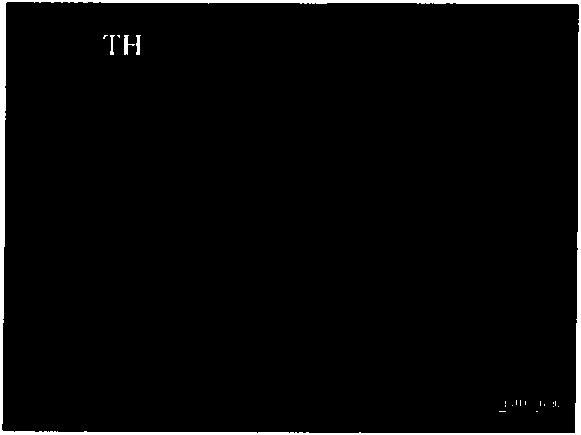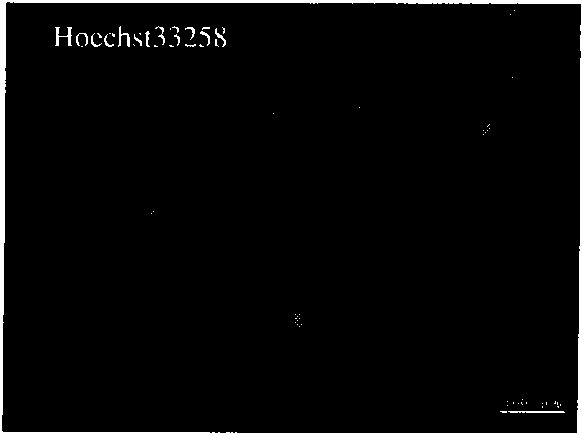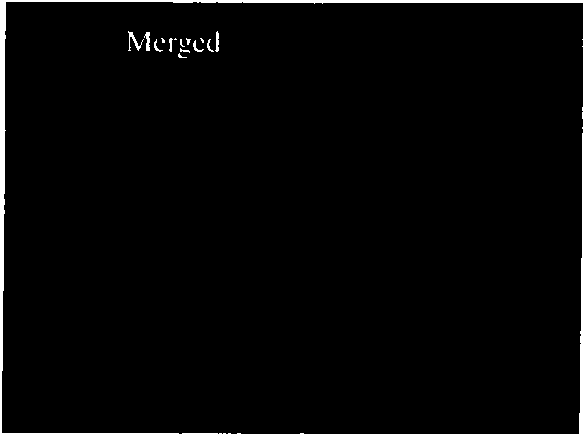Method for inducing and differentiating into dopaminergic neuron from human amniotic sepithelial cell and application for separating obtained dopaminergic neuron
An epithelial cell, dopaminergic technology, applied in the field of dopaminergic neurons to treat Parkinson's disease, can solve the problem of not finding tissue and so on
- Summary
- Abstract
- Description
- Claims
- Application Information
AI Technical Summary
Problems solved by technology
Method used
Image
Examples
Embodiment Construction
[0028] A method of inducing and differentiating dopaminergic neurons from human amniotic epithelial cells of the present invention, the method comprises the following steps:
[0029] (1) Take fresh human placenta tissue, peel off human amniotic membrane tissue, rinse repeatedly with normal saline to remove blood clots, then soak in commercially available sterile D-hank's solution for 1.5 hours, then rinse with 0.9% normal saline 3 times, sterile D-hank's solution containing: 1000U / ml penicillin, 1000U / ml streptomycin, 100U / ml gentamicin and 2.5ng / ml amphotericin;
[0030] (2) Place the rinsed human amniotic membrane in 0.25% trypsin solution, and digest it at 37° C. for 15 minutes;
[0031] (3) Use DMEM / F12 (commercially available) containing 10% fetal bovine serum to terminate the digestion of the above-mentioned human amniotic membrane in trypsin solution, then filter the above-mentioned solution with a 200-mesh cell sieve, and collect the cells obtained as human amniotic me...
PUM
 Login to View More
Login to View More Abstract
Description
Claims
Application Information
 Login to View More
Login to View More - R&D
- Intellectual Property
- Life Sciences
- Materials
- Tech Scout
- Unparalleled Data Quality
- Higher Quality Content
- 60% Fewer Hallucinations
Browse by: Latest US Patents, China's latest patents, Technical Efficacy Thesaurus, Application Domain, Technology Topic, Popular Technical Reports.
© 2025 PatSnap. All rights reserved.Legal|Privacy policy|Modern Slavery Act Transparency Statement|Sitemap|About US| Contact US: help@patsnap.com



